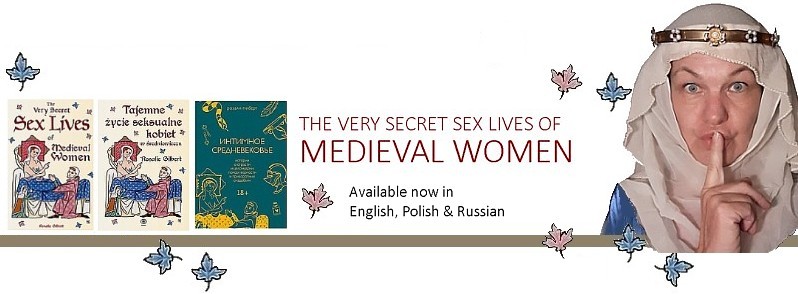I'd like to say that while some things change, some things sure do stay the same.
Women have always been keenly interested in knowing whether they were pregnant or not. Whether hoping to confirm a baby was on the way to that sigh of relief if one was unexpected, this hasn't changed. Women have always wanted answers.
Surprisingly, there was quite a bit of advice offered to the woman who desperately wished to know whether she was or was not. Most of it involved what we would today call urology: the study of urine. Indeed, today we can confirm a pregnancy with a simple urine test purchased over the counter at a chemist. No doctor or specialist is needed, and the entire process can be carried out in the privacy of our own homes.
Things were a bit more complicated for the medieval woman. Urine was often involved (and pots of bran, if one recipe was to be believed,) but most commonly the medieval mother-to-be consulted a doctor, who studied her urine and made a decision based on the clarity, colour, odour and other signs from carefully examining the urine flask.
Red as gold urine, with other characteristics was thought to indicate a pregnancy. Today, a red (blood, perhaps?) urine might be more thought of as an indicator for kidney stones rather than pregnancy. The booklet,
The Seeing Of The Urines, also used other colourful words to indicate the types of urine a pregnant medieval woman might expect. Tawny. Clear strikes. Troubledness.
For more interesting facts about medieval women,
The Very Secret Sex Lives of Medieval Women is available through selected book stores, and as always, through your favourite online book seller.




